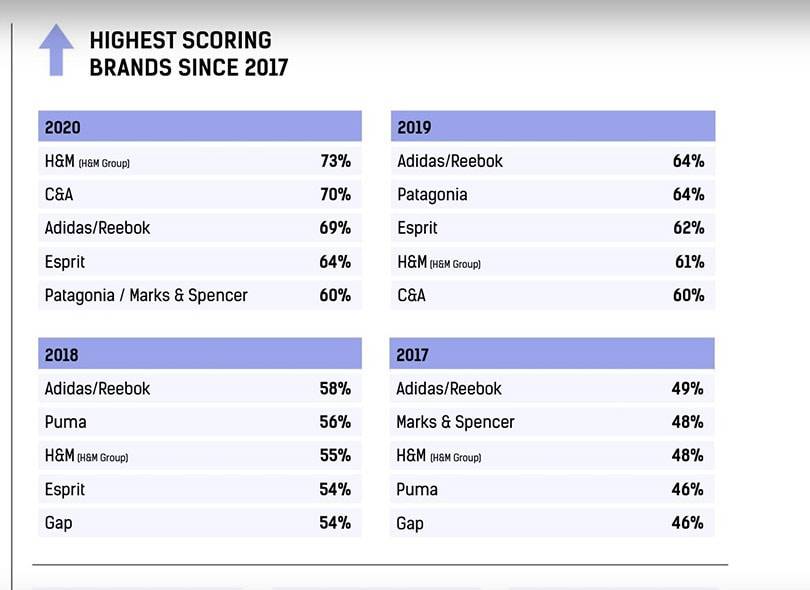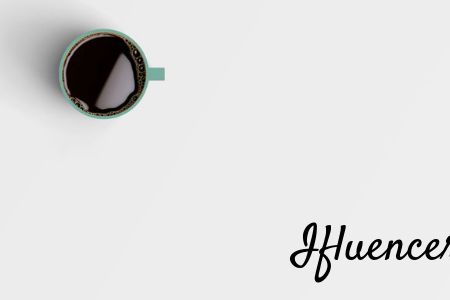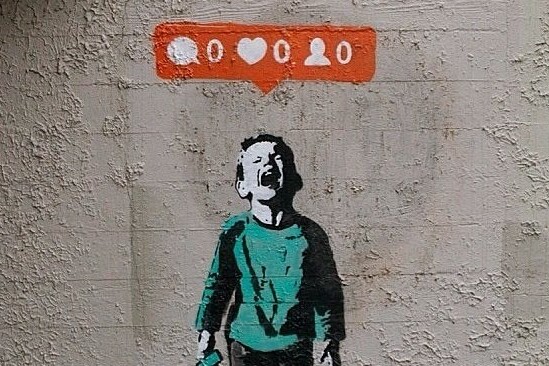During COVID-19 there’s all these policy changes and restrictions that affected businesses across the industries. When reality hits, how open and honest are you supposed to be with your audiences because most brands have this representation and identity that defines you. But when the pandemic hits, it’s hard for brands to act like nothing happens internally. All of the sudden we see all this news and articles across all industries.
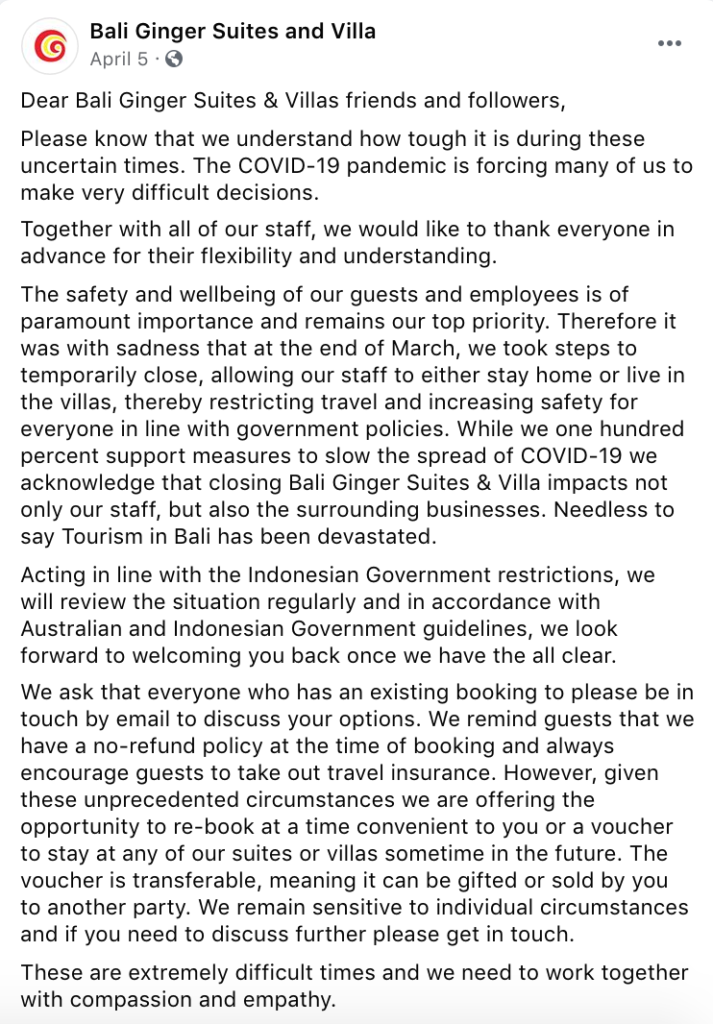
Depending on the industry, some brands are actually more transparent because of the consumer’s demand and some others can get away with lack of transparency. For example, small to medium size hotels in Bali are relatively transparent by sharing on the digital channels that they need support to pay their staff and their families because Balinese they thrive in tourism while the occupancy rate has dropped.

In South East Asia, Gojek launched a campaign calling it Go Hero where they support front line workers.
On the other side, fashion brands on average are not transparent. Lack of transparency costs had cost lives in Bangladesh back in 2013 when the tragedy of Rana Plaza garment factory collapsed.
Based on Fashion Transparency Index 2020 Edition by Fashion United, there are brands that are doing well in showing transparency such as H&M, followed by C&A, Adidas, Reebok, and so on.
In terms of status and transparency around the world in various industries, it can be improved and it should be improved if we live in the world of authenticity and need to be communicating with our audience as relatable as possible.
Is there a downside or repercussion to this transparency?
There’s a downside about everything these days, especially when you’re being vocal. It all comes with accountability and responsibility for what you say. There are brands that are being shut down for being transparent, like Airbnb. As the bookings have decreased tremendously with borders being closed and travel restrictions, the Founder, Brian Chesky, had to make a very difficult decision of letting go 1,940 employees within a few hours. There’s a huge backlash. Airbnb has always presented themselves as a community of trust, reliability, and accountability. So when the founder decided to make that decision, the backlash came internally. It hit the media and so Airbnb was put in a spotlight where they were a brand that’s built on trustworthiness and for the people, and yet they turned around and fired 1900 people.
This is an example that shows as much integrity as you have, you can’t please everyone. How Airbnb covered themselves up and mitigated the situation was great as well. The founder was never once silenced. He consistently continued answering questions and having discussion. And transparency is about that.
Transparency means showing up even though the question is difficult or it makes you uncomfortable when it forces you to be vulnerable when you don’t want to or it’s against your principal.
It doesn’t make sense to show perfection when things have been hard. When it comes to communicating and sharing your problem, one of the fundamental things by being transparent is to build relationships and nurture with your audience.
How to communicate?
By taking the opportunity for your brand to take charge, innovate, and offer solutions.
It’s quite standardized within brands, the difference could be for brands who can afford to collaborate with the health ministry or health organisation to come up with new training manuals or crisis responses. The new normal would be ideal before you come with new SOP. No matter what your company provides as a service, your staff and your customers should be the one you hear first. And you got to be fast with your response. By listening and being responsive you also need to be realistic about how much support you can offer knowing the fact that you are also in this situation with them. A lot of struggles we’re facing these days is companies can’t afford to hold their team together anymore because the expenses no longer make sense.
This is the part where you as a consumer, are you going to shut down the brand you love just because of the real cold hard fact?
Consistency.
It’s a good time for a brand to continue building their brand identity, especially to a crisis because how you deal with difficult situations is another way for your audience to see your brand in a different perspective. In fact it makes them feel more reliable if you can lead them through these tough times by providing support and being resourceful, effective and relevant.
So, what’s your take – should brands be transparent about their struggles? If you’re in the process of reviewing your communications style and think that it’s time to shift your brand identity – do reach out to us. We’d be more than happy to give marketing advice.
Watch the live session here.
Related Posts
16.12.2019
Using Cognitive Dissonance to Compete with Bigger Brands | Podcast S02E02
Ever felt guilty for purchasing an expensive pair of shoes only to be able to…

